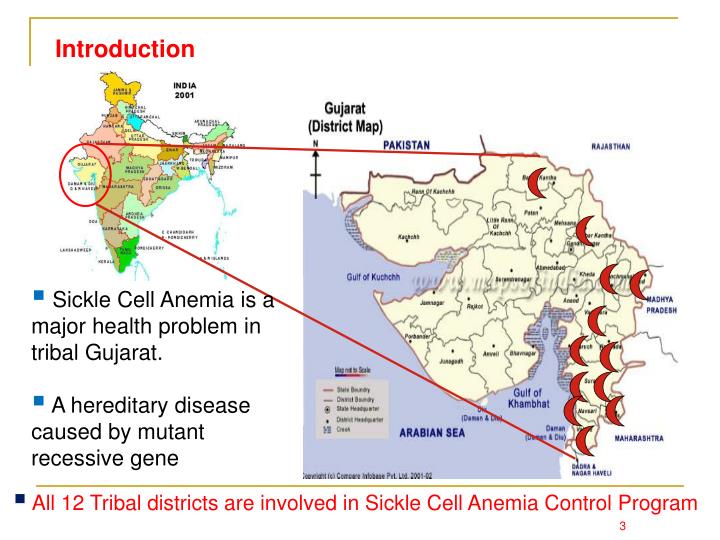
This led to the 'malaria hypothesis', which suggested that, although deadly when inherited from both parents, the gene provided a degree of protection from malaria in children inheriting it from just one parent. More than sixty years ago, researchers observed that the sickle cell gene tended to be more common in populations living in, or originating from, areas of high malaria prevalence. Natural selection suggests that such a disadvantageous gene should not survive, yet it is common in people of African, Mediterranean and Indian origin. Haemoglobin S (HbS) is known to cause sickle cell disease, which is usually fatal if untreated. The results are published in the journal Nature Communications. In a study funded by the Wellcome Trust, geographers, biologists and statisticians at the University of Oxford, together with colleagues from the KEMRI-Wellcome Trust Programme in Kenya, have produced the first detailed global map showing the distribution of the sickle cell gene. Department of Health and Human Services on Screening of Student Athletes for Sickle Cell Trait. Recommendations of the Advisory Committee on Heritable Disorders in Newborns and Children (SACHDNC) to the Secretary, U.S.

People with SCT who participate in competitive or team sports (i.e. Studies have shown that the chance of this problem can be reduced by avoiding dehydration and getting too hot during training. Some people with SCT have been shown to be more likely than those without SCT to experience heat stroke and muscle breakdown when doing intense exercise, such as competitive sports or military training under unfavorable temperatures( very high or low) or conditions. Sickle cell trait fact sheet » SCT and Athletes More research is needed to find out why some people with SCT have complications and others do not. High altitudes (which can be experienced, for example, when flying, mountain climbing, or visiting a city at a high altitude).Dehydration (for example, when one has too little water in the body).Low oxygen levels in the air (which can be experienced, for example, when mountain climbing, exercising extremely hard in military boot camp, or training for an athletic competition).Increased pressure in the atmosphere (which can be experienced, for example, while scuba diving).In their extreme form, and in rare cases, the following conditions could be harmful for people with SCT: Most people with SCT do not have any symptoms of SCD, although-in rare cases-people with SCT might experience complications of SCD, such as pain crises.

People at risk of having SCT can talk with a doctor or health clinic about getting this test. SCT is diagnosed with a simple blood test.


 0 kommentar(er)
0 kommentar(er)
